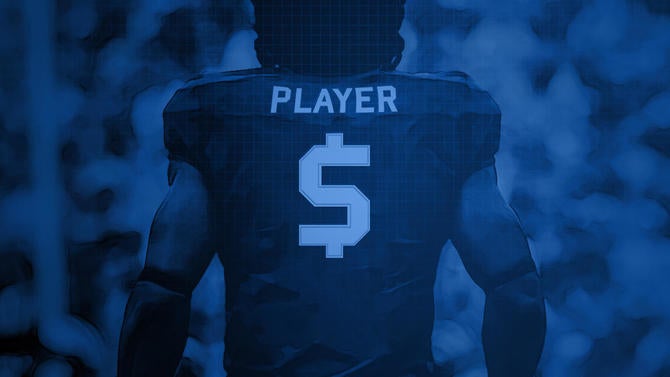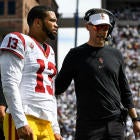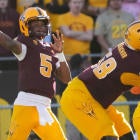Following in the footsteps of our college basketball brethren here at CBS Sports, college football writers Dennis Dodd, Chip Patterson and Barrett Sallee spoke with one-fifth of the 130 active coaches leading FBS teams entering the 2017 season. They asked for honest opinions on everything from NCAA rules to social issues to their peers in the profession. We will be sharing their candid thoughts over a two-week period leading into the season.
Most coaches these days will go to bat for their players in saying that they should be able to earn as much money as they can through legitimate means while in college. But do coaches really believe players should earn additional money either through their image, likeness, a part-time job or otherwise? Granted anonymity, the coaches answered the following question ...
Should players be paid or be able to receive money beyond their scholarships and cost of attendance stipends?
| Answer | Responses |
|---|---|
No | 74 percent |
Yes | 26 percent |
Explain yourselves
"I don't agree that a recognizable name of a major, major player can have his jersey sold and get none of the revenue."
"If you are a full Pell Grant qualifier out of state, you can make $24,000 a year. A full Pell is $4,800 per semester. Our scholarship checks are about $1,200 for 10 months. [Cost of attendance] is $2,500 a semester." (The coach figures figures that out to be $96,000 for four years.)
"I think they do [deserve to] have a 20-hour-a-week job. Not to say they deserve the moon -- they are getting a scholarship -- but they don't have an opportunity to go out and have jobs. … Even if it was minimum wage for 20 hours, that would be advantageous."
"There is no way players should ever be compensated beyond scholarship and cost-of-attendance. This is not professional sports."

Breaking it down
This whole pay-for-play debate has been spirited all these years. The case is now closed based on one eye-opening response in our latest Candid Coaches series. As you have seen, 74 percent of coaches said "no" to our question, which is not surprising. Coaches like the status quo. Besides, cost of attendance essentially is compensation. Dress it up in any kind of flowery language you want, but since COA began in 2015, athletes have been getting paid that monthly stipend because they're … athletes.
(Example: My daughter who worked her backside off in college didn't get a dime in cost of attendance. She wasn't an athlete.)
So any discussion on this subject should begin with this question: Are college athletes paid enough?
That eye-opening response from one coach blew me way. There is, he says, a completely legal and honorable way for his players to make almost $100,000 tax free during careers at his school. The Pell Grant, as referenced above, is a federal subsidy paid to students in financial need.
Is that enough?
That's just one school and, sure, those players have to pay rent, buy gas, groceries and textbooks out of that amount. Pell Grants -- especially maximum Pell Grants -- aren't available to everyone. The cost of attendance varies from school to school. But the mere possibility of a six-figure "salary" for a college athlete is a game changer.
But whether it's the federal government or Nike writing the checks, money is money. That hallowed Collegiate Model (NCAA speak) didn't come crashing down when a player saved up $18,000 by being frugal with all the checks he was getting, according to one coach with whom I spoke.
For more background on this subject, I suggest you read "Indentured" by Joe Nocera and Ben Strauss. The courts have already determined the NCAA has violated antitrust laws by limiting the value of scholarships. And just this week, UCLA's Josh Rosen made headlines this week when he said football and school "don't go together."





















